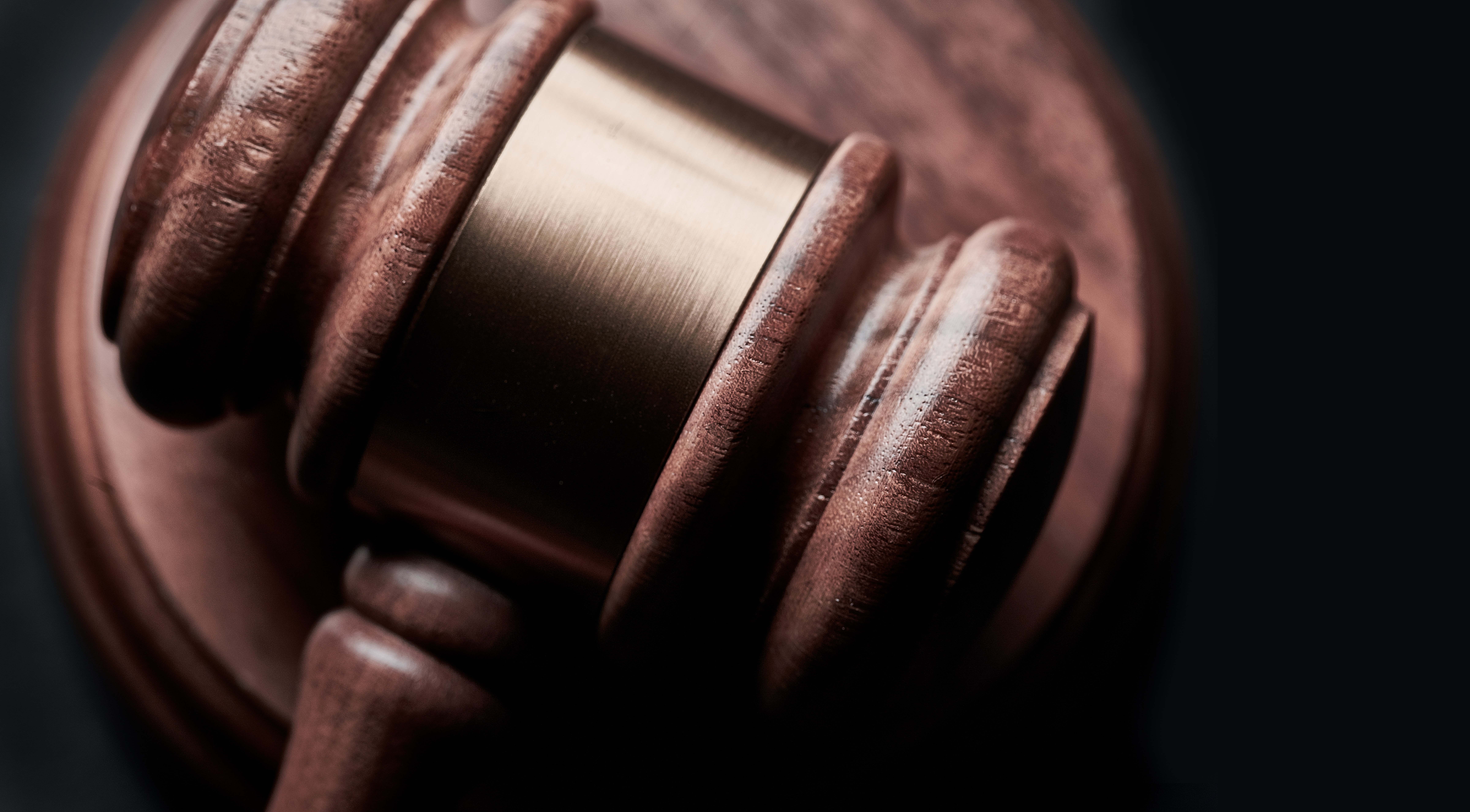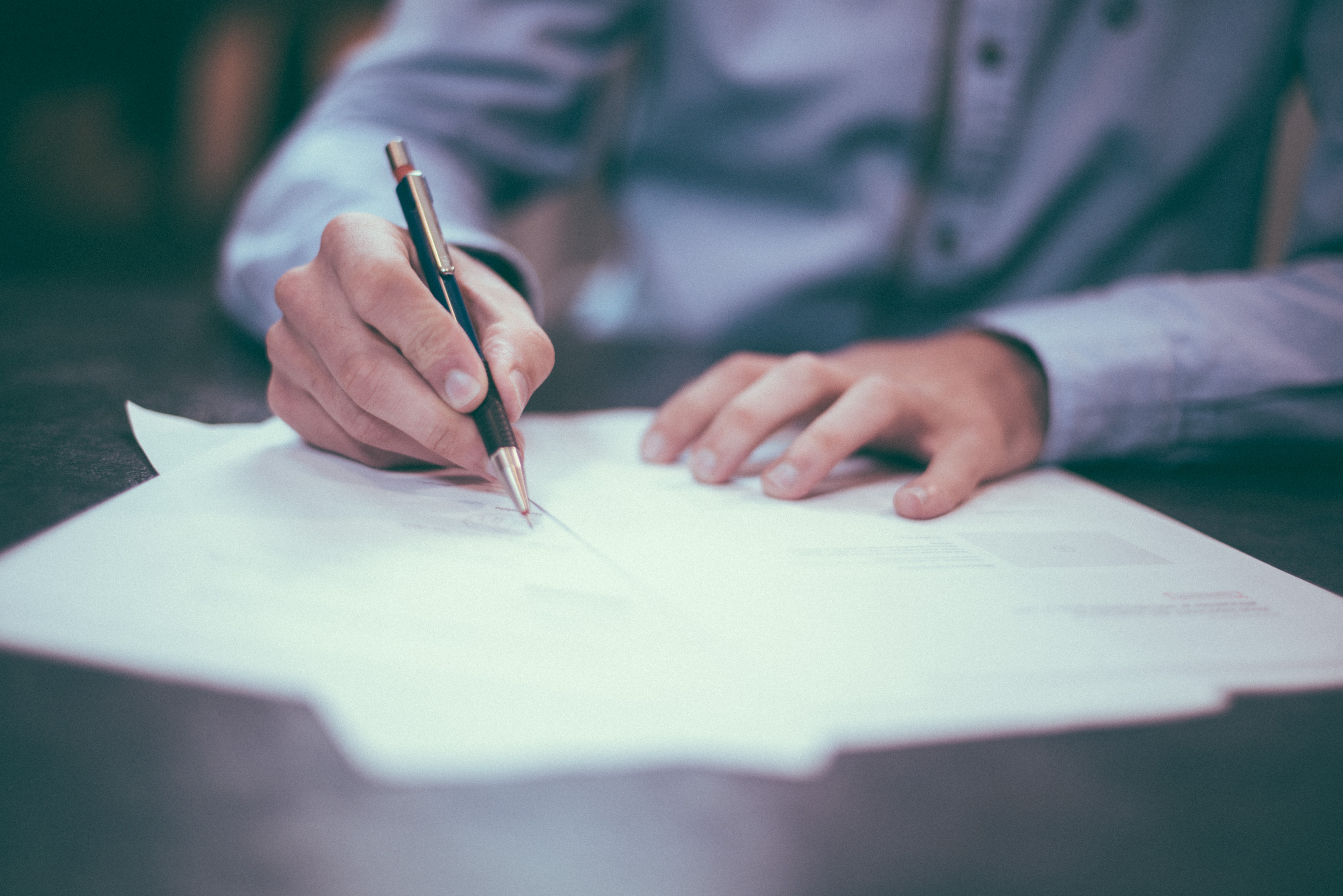When it comes to the burden of proof in a civil case, there are no across the board set standards. Instead, there are different standards for different circumstances. The burden of proof in a civil case is not the same as the burden of proof in a criminal case. In a criminal case, the prosecutor must prove that the defendant is guilty beyond a reasonable doubt.
When it comes to a civil case, you must prove your case based on the evidence that you can show the court. In a civil case, the plaintiff, or the person who files the claim, must convince a jury or judge that the plaintiff is entitled to relief.
What is Burden of Proof?
A burden of proof is the obligation of a party in a trial that the plaintiff will show evidence that proves the claims that they have made against the defendant. A burden of proof in a civil case a shows a "preponderance of the evidence."
A burden of proof in a civil case is much different than a criminal court. In a civil case, the burden of proof you present only needs to be more than 50% of the evidence needs to point to something. If you have evidence in your case that points to that, you could be awarded damages.
The more burden of proof the evidence shows in a civil case, the more likely the plaintiff will win the case.

What is the Burden of Proof in a Civil Case?
During the unfolding of a civil case, the plaintiff files a complaint that describes the legal basis for filing the litigation in a civil court.
The plaintiff must fulfill the requirements established by the judicial system for proving the defendant is legally liable for the action that took place in which the plaintiff initiated the civil lawsuit.
Unlike a criminal trial, the plaintiff does not have to prove guilt ‘beyond a reasonable doubt.” Instead, the burden of proof for civil litigation is to demonstrate the allegations against the defendant are more likely to be true than not true.
This type of burden of proof is based on the preponderance of the evidence.
The burden of proof for a civil lawsuit is lower for plaintiffs than the burden of proof is for the state when prosecuting a criminal case.
Beyond a reasonable doubt means every juror hearing a criminal case must be 100 percent sure the defendant is guilty before issuing a plea of guilty.
On the other hand, the plaintiff’s attorney in a civil lawsuit has to demonstrate the evidence suggests the plaintiff’s allegations are more likely true than not true. The quality of evidence in a civil case is more important than the quantity of evidence submitted to the court.
Who Has Burden of Proof in a Civil Case?
The individual or entity that brings a civil case against another individual or entity is almost always required by all U.S. jurisdictions to have the burden of proof in the case. This means that the plaintiff must be able to provide sufficient evidence to support the case against the defendant. The defendant is not required by law to provide evidence in their defense.
There is a distinction between the amount of evidence needed in a civil case and the amount needed in a criminal case. Criminal trials require a higher standard of proof than civil trials. In a criminal trial, the burden of proof lies with the prosecution. Defendants accused of a criminal offense do not have to prove their evidence and are assumed to be innocent unless evidence can be provided “beyond reasonable doubt” that they committed a crime.
In a civil case, the plaintiff must prove their case by providing a “preponderance of evidence” rather than proving “beyond reasonable doubt”. A preponderance of evidence basically means that there is greater evidence that the defendant was at fault than not at fault, i.e. the balance of fault was more than 50%.
There are two levels of burden of proof recognized. The burden of production is the first level and is considered providing sufficient proof that there could be a valid case against the defendant. The burden of persuasion is the higher level of proof and is considered sufficient proof to persuade a judge or a judge and jury that the defendant was at fault.
What is the Preponderance of Evidence in A Civil Case?
In U.S. courts, the rules for civil cases require that you, as the plaintiff, prove your case by the preponderance of the evidence. This means that based on the evidence that you show, there is more than 50% chance that the defendant caused the damages that you suffered. Your burden of proof in a civil case is to show this preponderance of evidence.
After you have presented enough evidence to show that the defendant acted in the wrong manner, the defendant must then show that he or she didn’t do the act in order to get out of being responsible for the damages. Several things are effective as evidence in a personal injury claim. In an auto accident PI claim, commonly used as evidence are:
- Accident Reports: After a car accident occurs, you should immediately contact the police to have an accident report filed. This report will compile all accounts of how the accident occurred and what happened after. You can later access a copy from the police to use as evidence in your claim to show you are eligible for compensation.
- Eyewitness statements: Witness statements can help paint the picture of how the accident occurred. If you are able to have an unbiased witness (someone that does not know either party), this may help your claim. Ask for a written statement from your witnesses as well as contact information in case you further need their assistance.
- Photos of the Accident Scene: Pictures of the accident and the damages that occurred should be taken. If somethings caused the accident, like black ice or a stop sign that someone ran, you may want to take a photo of those as well. If your car had any damages, take photos of the damages at the scene of the accident. These will help demonstrate that the accident caused the damages. If you are able to, you should also take pictures of any injuries you experienced from the auto accident.
- Damage Repair Estimates: If your car is damaged, along with the photos of damages, keep copies of your repair estimates and any invoices. These will help support that you may be entitled to compensation for these damages
- Medical Bills: If you were injured as a result of the car accident, you should seek medical help right away. You will then be billed for this medical attention. Keep any copies of these records to help with proving why you are entitled to compensation from the accident.
- Medical Records: Like the medical bills, keep copies of your medical documents that result from your injuries. If you had x-rays, procedures, tests, etc. done as a result of your injuries, copies of these will further help your claim. If your doctor takes any notes or writes you any referrals (such as a referral to a physical therapist), you should also keep copies of those for your claim.
If you are filing a claim for a slip and fall, you should use the following evidence:
- Video Footage: Footage of your slip and fall can help demonstrate that you were not at fault for you fall. It may also help prove that whatever caused your slip and fall (such as a spill at a store) was not taken care of when it should have been.
- Photos of the Incident: If you or a family member is able to, try to take photos of where your fall took place right as soon as you can. If you can take pictures of your injuries, do so right away as it will help show they were a result of your fall.
- Incident Report: If your slip and fall occurred at a business, they should have filed an incident report. Get at a copy if you can. The report should explain what happened, including how and why.
- Medical Invoices: You should keep any invoices from the medical care that resulted from the slip and fall. This can include ambulance invoices, costs of surgeries or exams, appointment costs and more. These invoices will better support that you were injured in the slip and fall.
- Medical Records: Keep copies of all medical records that you obtained while receiving medical care for your injuries. This includes things like doctors’ notes, referrals made, test results, x-rays, etc.

Why is the Shifting of the Burden of Proof Important to A Civil Case?
When it comes to a successful civil case, shifting the burden of proof is an important aspect in the outcome of the case. It is always the accident victim’s responsibility to show the jury or the judge that the other party is liable because of his or her actions. The burden to show sufficient evidence, however, can switch back and forth between the defendant and the plaintiff.
After the burden of proof has finally shifted to the defendant and he or she can no longer shift the burden of proof back to the plaintiff, the entire case can be presented to the jury by the plaintiff’s personal injury attorney. If the jury is then persuaded by the evidence that has been submitted, the plaintiff will most likely win a judgment for the case.

How Can an Attorney Help With the Burden of Proof?
Personal injury claims are complicated. It can be challenging to deal with an insurance company or the party who caused the accident. A personal injury attorney understands the legal process, the elements of negligence, and what is needed in order for a claim to be successful in a court of law. Your lawyer will help you with the burden of proof.
Working on a contingency basis, there are no upfront costs or out of pocket expenses to worry about when you enlist the help of a personal injury attorney. Complete the Free Case Evaluation Form on this page to get your details shared with a local accident lawyer who can provide you with a free case evaluation.